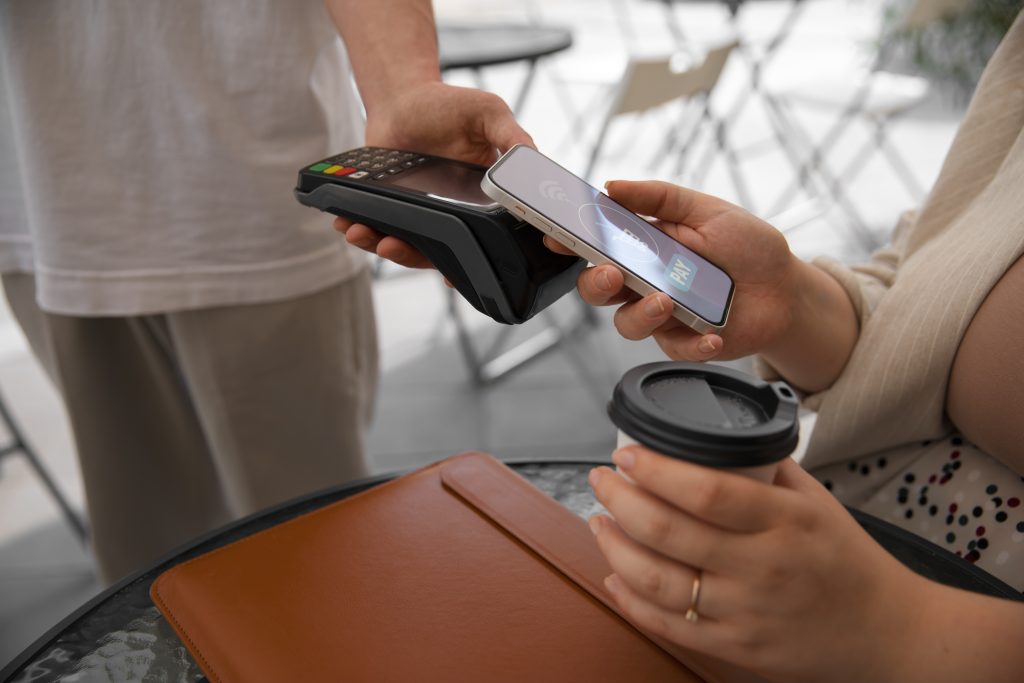A virtual wallet is a system that allows users to store, send, and receive money electronically through devices such as mobile phones, computers, or smart cards. It functions similarly to a physical wallet, but instead of carrying cash or physical credit cards, the information is stored digitally.
Digital wallets have revolutionized how people manage their money, offering an unprecedented level of convenience and accessibility. However, with their growing popularity, security risks have also emerged that cannot be overlooked.
Here are some key tips from INSSIDE Cybersecurity to protect funds and data on these platforms:
1- Maintain the privacy of your data: It is essential never to share private information with strangers online. Disclosure of sensitive data could compromise the security of the digital wallet and jeopardize funds.
2- Secure password and biometric authentication: It is recommended to protect access to the digital wallet with a strong password and complement it with biometric authentication, such as facial recognition or fingerprint scanning.
3- Verify recipients before sending funds: Before making any transaction, it is important to carefully verify the recipient’s address to ensure it is the correct person.
Keeping funds secure in the digital world is a shared responsibility between the user and the chosen platform. With strong cybersecurity practices and a vigilant attitude, the benefits of digital wallets can be enjoyed with peace of mind and confidence.
Aligned with the highest security standards, INSSIDE Cybersecurity has been providing users with guidance and support for over 16 years. For more information, click here.

